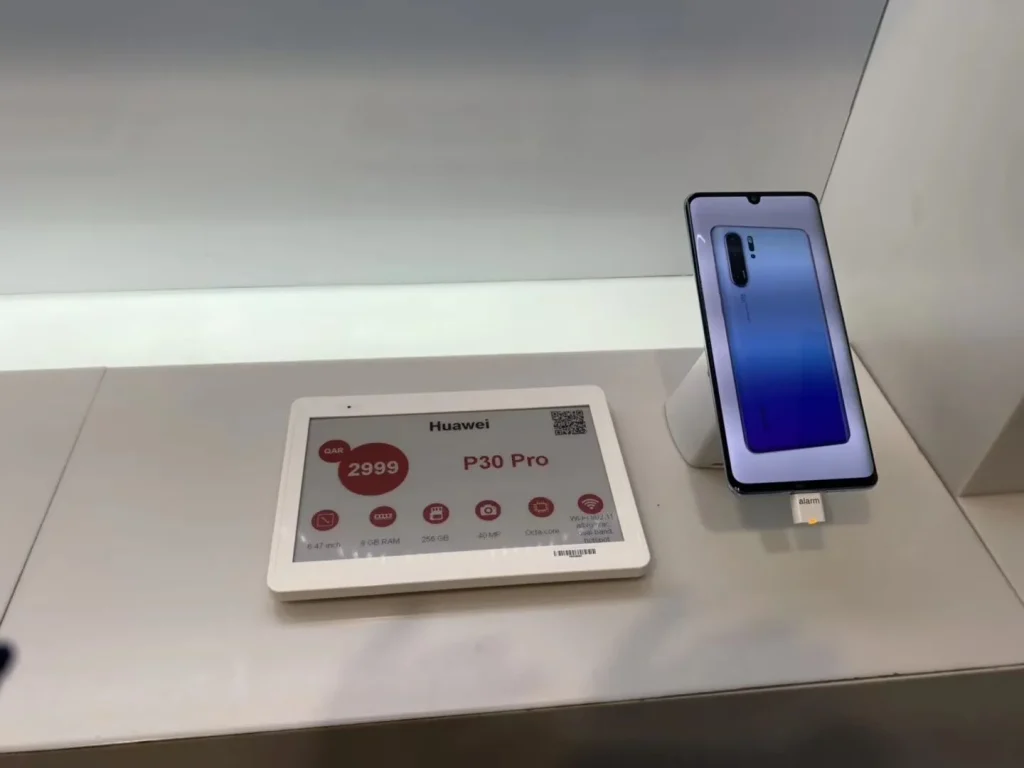Portable Monitors – A Symphony of Style, Substance, and Superior Performance
Portable monitors have become a symphony of style, substance, and superior performance in the ever-evolving world of technology. As the demands of modern lifestyles continue to shift towards flexibility and mobility, these sleek and compact displays have emerged as indispensable companions, seamlessly integrating into the daily routines of professionals, students, and enthusiasts alike. In the realm of style, portable monitors have undergone a remarkable transformation, transcending the utilitarian design of their predecessors. Today, they boast a sleek and sophisticated aesthetic that mirrors the elegance of high-end laptops and devices. Thin bezels, minimalist frames, and premium materials have become defining features, creating a visually harmonious ensemble when paired with the latest gadgets. Whether you are in a boardroom presentation, a coffee shop, or a co-working space, these monitors not only deliver functionality but also make a statement about your commitment to both form and function. Some models are designed to be lightweight, making them ideal for travel or on-the-go professionals.
However, the true allure of portable monitors lies in their substance the ability to augment productivity and versatility on the go. With a myriad of connectivity options, including USB-C, HDMI, and DisplayPort, these displays seamlessly integrate with a variety of devices, transforming a single-screen setup into a dual-monitor workspace. This enhanced multitasking capability is a game-changer for professionals who need to juggle multiple applications or documents simultaneously. From coding to content creation, the possibilities are limitless, empowering users to optimize their workflow regardless of their physical location. Moreover, the advancements in display technology ensure that portable monitor for laptop delivers a visual experience that rivals their stationary counterparts. High-resolution screens, vibrant color reproduction, and adaptive brightness features contribute to an immersive viewing experience. Whether you are editing photos, watching videos, or participating in video conferences, the clarity and precision offered by these monitors enhance the overall user experience, making every task a pleasure. As technology evolves, so do the demands of users for greater flexibility and mobility.
The superior performance of portable monitors extends beyond visuals to address the needs of a diverse user base. Some models come equipped with built-in speakers, eliminating the need for external audio devices and streamlining your setup. Touchscreen functionality is another innovation that adds an extra layer of interactivity, catering to designers, artists, and those who appreciate a more intuitive user interface. These features not only enhance the overall usability but also contribute to the adaptability of portable monitors in various professional and creative contexts. Portable monitors have risen to the occasion by incorporating features that prioritize convenience without compromising performance. Foldable and collapsible options further emphasize the portability aspect, ensuring that users can effortlessly slip these monitors into their bags and take their work or entertainment anywhere they go. Their sleek designs, advanced features, and enhanced performance capabilities make them indispensable tools for professionals and enthusiasts seeking a versatile and mobile computing experience. As technology continues to advance, portable monitors are likely to remain in tune with the needs of users, composing an ever-expanding symphony of innovation and convenience.
 Retailers adopting ESLs not only benefit from operational efficiency but also align with eco-friendly practices, appealing to environmentally-conscious consumers. As technology continues to advance, ESLs are evolving beyond their initial functionalities. Integration with Internet of Things IoT devices allows for enhanced data analytics, enabling retailers to gather valuable insights into consumer behavior, preferences, and shopping patterns. This data-driven approach empowers retailers to make informed decisions, optimize store layouts, and tailor marketing strategies to better meet customer needs. In conclusion, the transition from paper to pixels in the form of electronic shelf labels marks a pivotal moment in the evolution of retail. ESLs bring efficiency, accuracy, and flexibility to pricing strategies while enhancing the overall shopping experience for consumers. As technology continues to advance, ESLs are likely to play a central role in shaping the future of retail by integrating seamlessly with emerging technologies and providing retailers with valuable insights to stay ahead in a dynamic marketplace.
Retailers adopting ESLs not only benefit from operational efficiency but also align with eco-friendly practices, appealing to environmentally-conscious consumers. As technology continues to advance, ESLs are evolving beyond their initial functionalities. Integration with Internet of Things IoT devices allows for enhanced data analytics, enabling retailers to gather valuable insights into consumer behavior, preferences, and shopping patterns. This data-driven approach empowers retailers to make informed decisions, optimize store layouts, and tailor marketing strategies to better meet customer needs. In conclusion, the transition from paper to pixels in the form of electronic shelf labels marks a pivotal moment in the evolution of retail. ESLs bring efficiency, accuracy, and flexibility to pricing strategies while enhancing the overall shopping experience for consumers. As technology continues to advance, ESLs are likely to play a central role in shaping the future of retail by integrating seamlessly with emerging technologies and providing retailers with valuable insights to stay ahead in a dynamic marketplace.